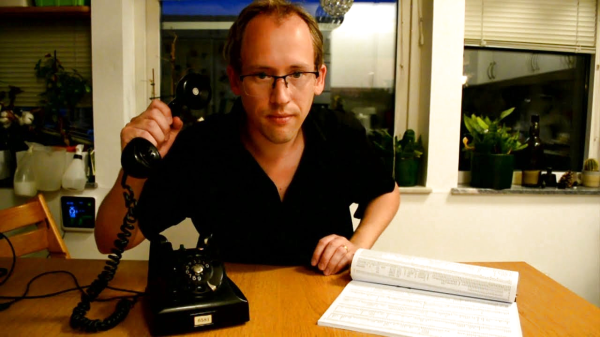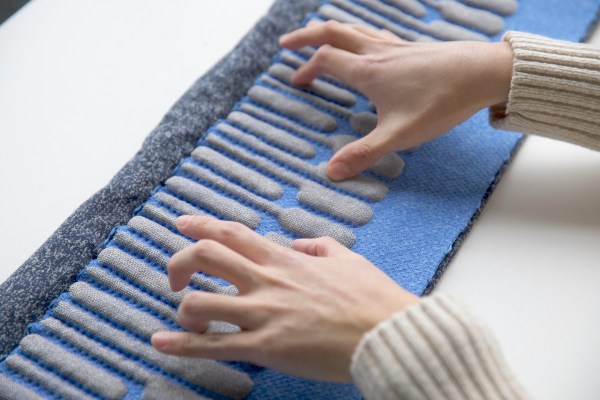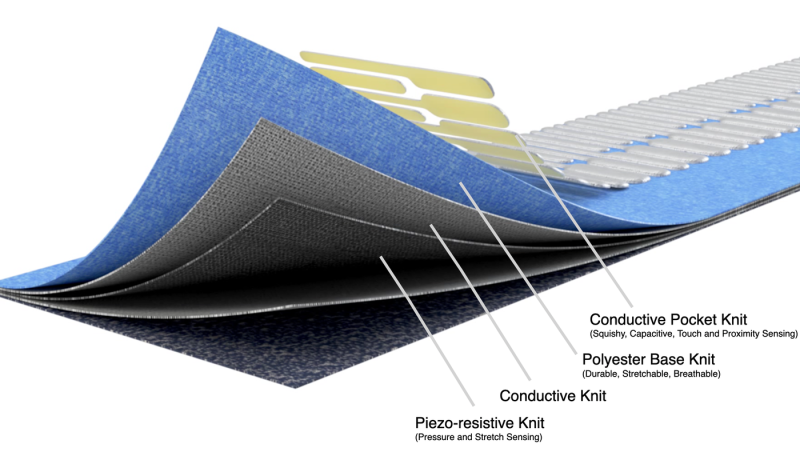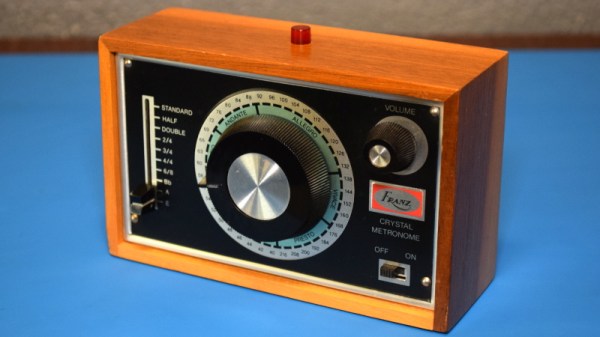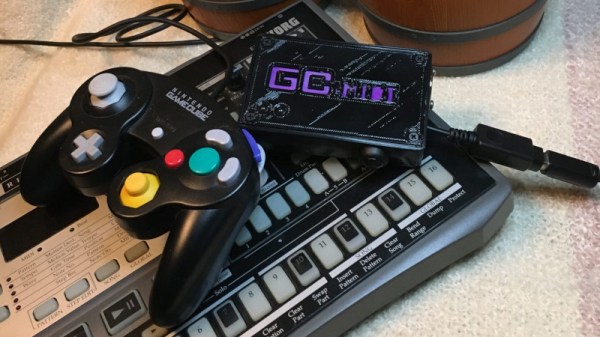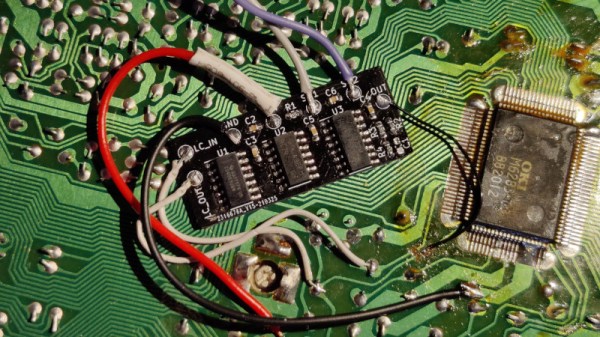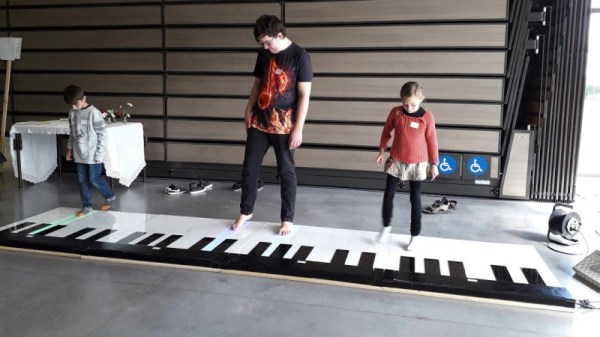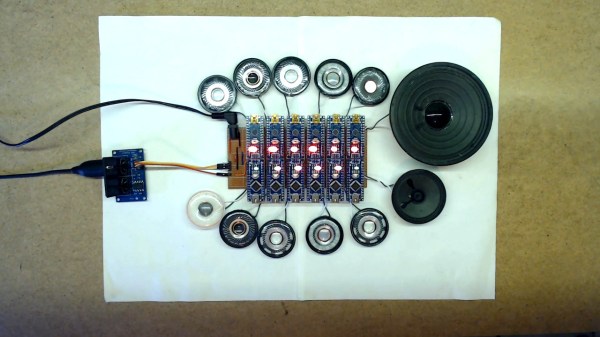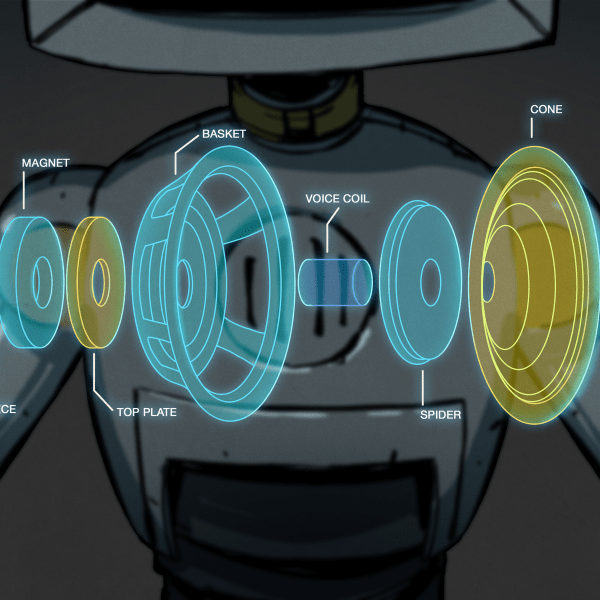Old-school rotary telephones aren’t particularly useful for their original intended purpose in this day and age, but they’re great fun to hack into new projects. [Linus Åkesson] has done just that, with his Dial-a-SID jukebox build. (Video, embedded below.)
The build installs a Raspberry Pi 3 inside the body of the telephone, running a SID chip emulator and loaded up with the High Voltage SID Collection. The Pi inside outputs sound to an external stereo system for playing chiptunes at a party.
The real party piece, however, is that the handset can be lifted and the telephone dialled in order to listen to and select tracks for the playlist. Tracks can be selected by individual codes, by composer, or even by year. In the event the playlist grows empty, the default behaviour can be set to keep playing random tracks in the meantime.
With over 2000 hours of SID music inside, it’s unlikely the Dial-a-SID will run out of tunes anytime soon. We’d love to see a similar interface used for a jukebox hooked up to a modern streaming service, too. If you build one, let us know! Alternatively, consider hooking up your rotary phone to your smartphone. Video after the break.
Continue reading “Dial-a-SID Is A Glorious Chiptune Jukebox”

